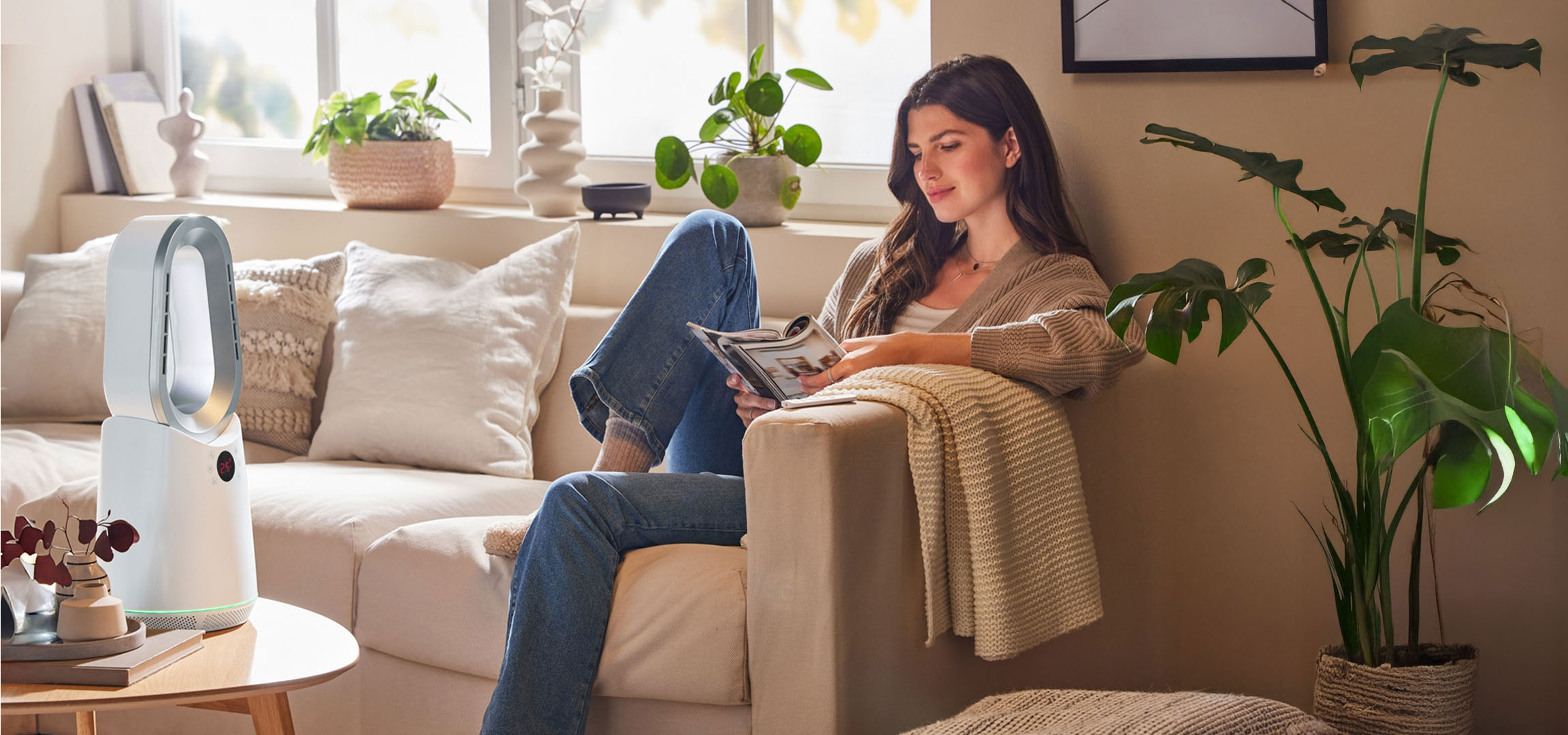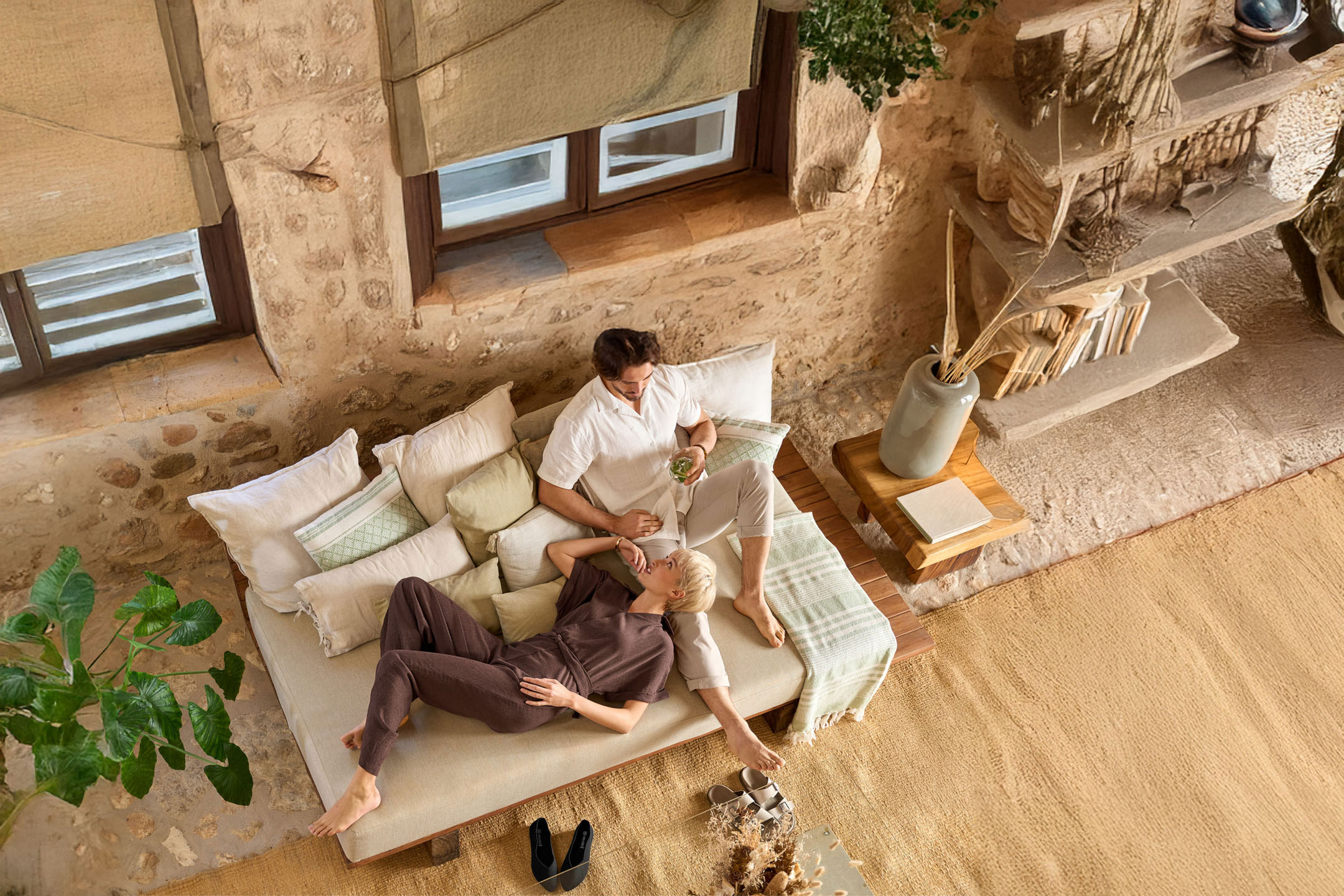How to find the right cooling
Whether you live in a small flat or a large house: On a hot summer's day, you'll simply feel more comfortable with a fan or air conditioner. What to look at when choosing the right cooler - at Lidl you will find the optimal cooling and cool tips.
Fan: quickly set up, cooled down cheaply
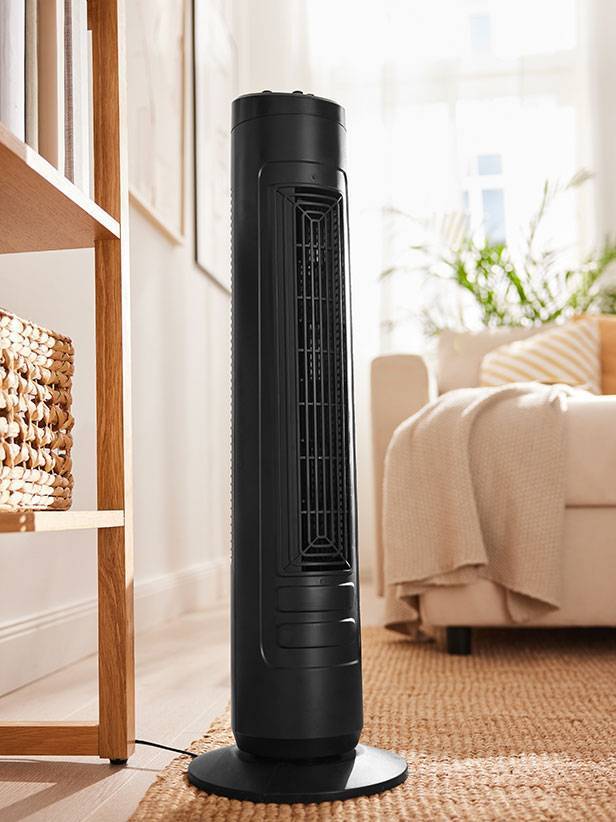
A fan is a versatile air conditioner for every home and room. It sucks in the ambient air, expels it again and whirls it up in the process. Although it does not actively cool down the room temperature, it still achieves pleasant effects.
- A fan dries sweat on the skin,
- is quick and easy to install,
- can be used anywhere,
- costs little
- and does not cause strong temperature differences.
Fans are available at Lidl in different designs that adapt effortlessly to your requirements:
- Table fan – small, compact and always where you need it
- Rotorless fan – modern cooling without risk of injury, with many functions, chic design and extra-quiet operation
- Hand-held fan – for quick cooling on the go, whether at a picnic or on public transport
- Tower fan – compact footprint and targeted cooling for small rooms
- Pedestal fan – powerful yet discreet, good for larger rooms
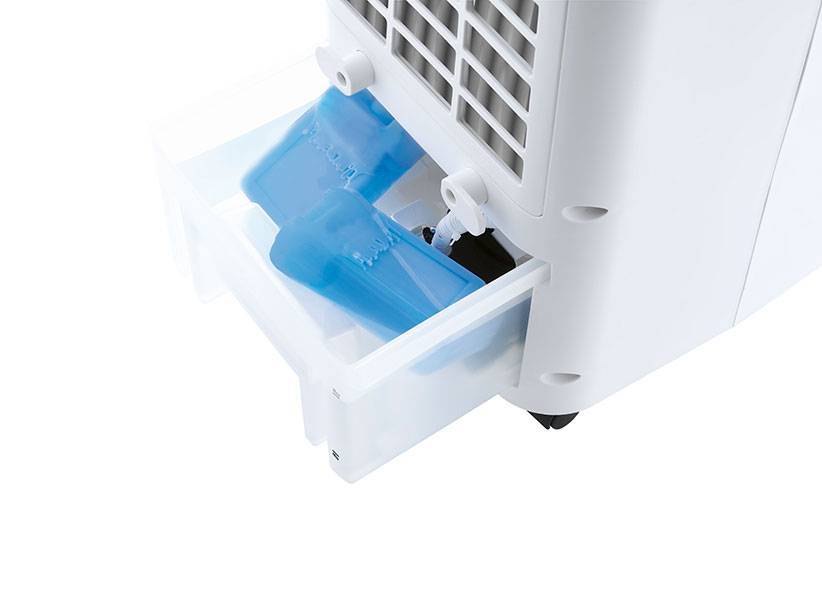
If you expect more cooling, rely on a fan with air cooling: These fans are also filled with cold water, which is released into the air as a fine water mist during operation. This cool water mist actually lowers the room temperature (somewhat) and literally refreshes the whole body.
Tip: A fan on the ceiling is not only good for cooling down. In winter, a ceiling fan distributes warm heating air throughout the room and thus ensures that the room is at a comfortable temperature more quickly. Depending on the situation, you can save up to 30 percent on heating costs.
Air conditioner: mobile alternative to the built-in air conditioner
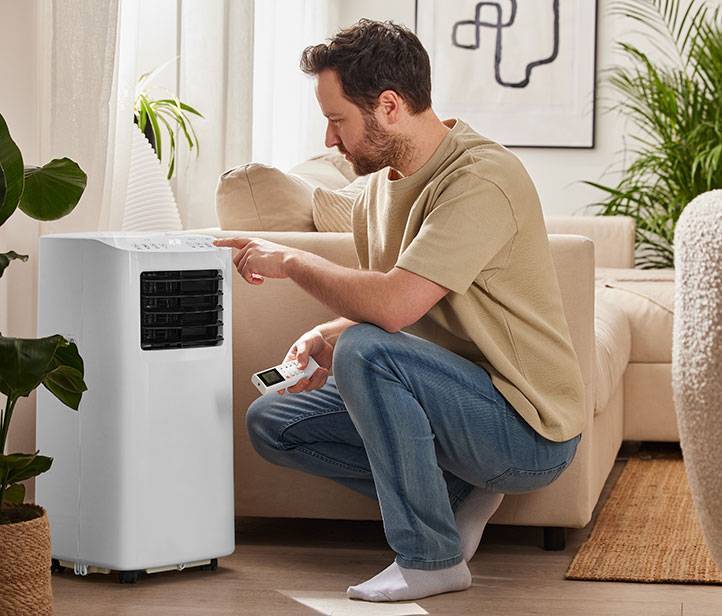
If you are looking for real cooling, an air conditioner is the right choice. It works according to the same principle as an air conditioning system for installation: room air is sucked in, actively cooled down via a refrigerant and then expelled again. The excess heat is conducted outside via a hose.
Compared to the built-in air conditioner, a monobloc air conditioner is mobile, you can place it anywhere in your home. However, you must always keep in mind that you need a hose that you can put out of a window or door without the warm air flowing back into the room.
This often requires a few additional measures. A clever idea? Have a plexiglass pane brought to the desired window size at the hardware store and also have a precisely fitting hole cut into it for the end of the hose. Place this plexiglass in the open window during the hot summer phase.
Monobloc air conditioners also have other capabilities:
- Dehumidify the room (e.g. against mould)
- Ventilation (without the use of refrigerant)
Of course, these combination talents cannot replace a real dehumidifier. But with their multiple functions, you can use them in a variety of ways.
Info: What does the cooling capacity mean?
For each air conditioner for apartment and house, you will find an indication of the cooling capacity in BTU/h. BTU/h stands for British Thermal Unit and indicates how much energy the air conditioner needs per hour to extract heat from a room. A sensible air conditioner has an output of about 20 BTU/h per square meter, for example, it looks like this:
A cooling capacity (BTU/h) of … | is enough for rooms … |
|---|---|
5.000 BTU/h | up to approx. 15 m² |
7.000 BTU/h | up to approx. 25 m² |
12.000 BTU/h | up to approx. 35 m² |
Air conditioner or fan: How to make the right decision
No matter what the thermometer says, everyone feels the ambient temperature and the indoor climate differently. That's why before buying your air conditioning solution from Lidl, consider which option is the right choice for you and your family. The following aspects play a role in the purchase decision.
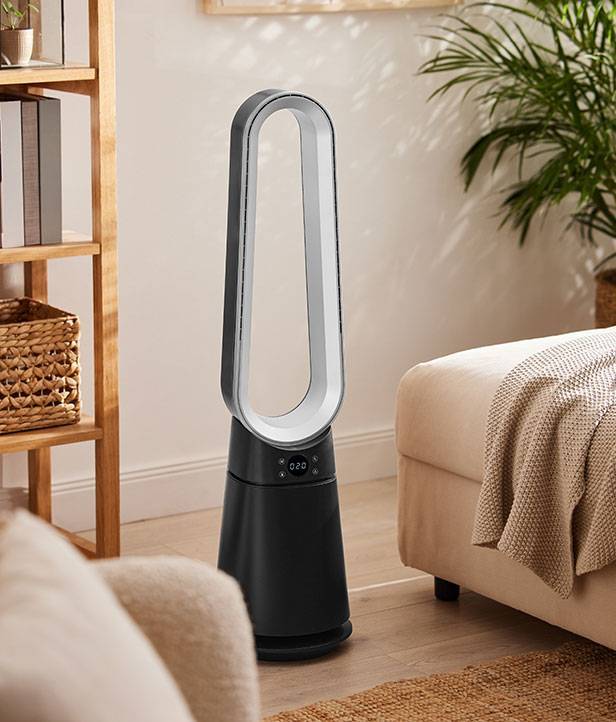
Required cooling capacity
A fan has a very limited effect – not only in terms of surface area, but also in terms of cooling sensation. It works best when you're right in its catchment area. The good thing about it is that each household member can create their own cooling islands without necessarily affecting others. However, a fan is also generally a good solution for small rooms with a closed floor plan. Depending on its performance, a cooling unit can air condition an entire home – even with an open floor plan and regardless of where you are.
Installation
While the fan only needs a socket or batteries to start working, with the cooling unit you have to think about how to get the excess heat out of the house via the exhaust hose. In the same way, you need to think about how to seal the window around the hose so that the heat does not get back into the room. Even if an air conditioner is portable, this installation requires a reasonably fixed location.
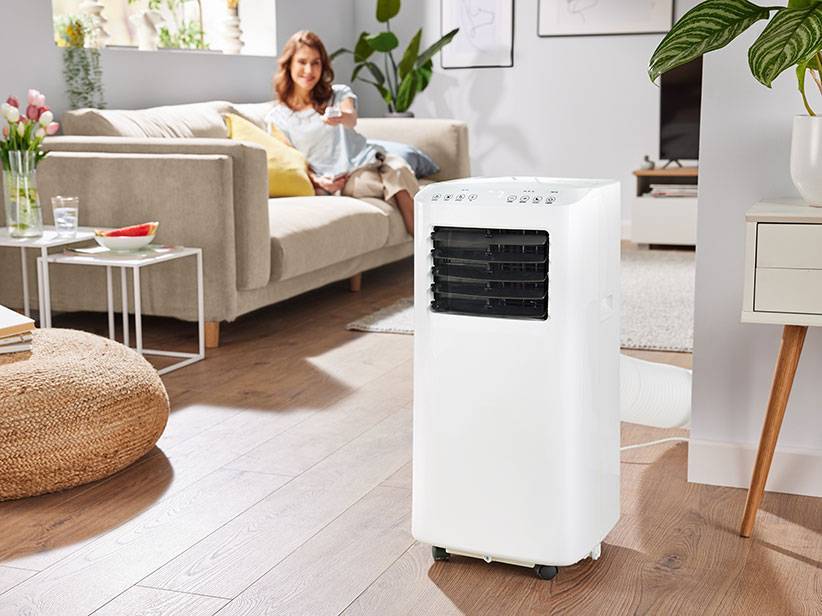
Hot weather
Fans are more of an emergency solution for hot weather periods. Even if the air conditioner causes higher costs, it quickly pays for itself in persistent hot weather.
Drafts
A fan can cause drafts, which is something to consider. The transition from an actively cooled room to the general environment represents a temperature change for the body, which can possibly lead to summer flu. Conversely, staying in (well) air-conditioned rooms reduces the heat load for sensitive people
